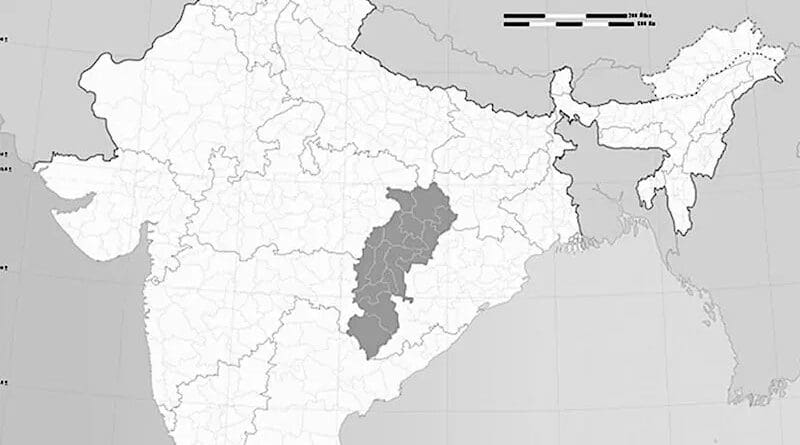India: Achievements Delusional In Anti-Naxal Operations – Analysis
India’s Ministry of Home Affairs might have given itself a pat on the back after flaunting a reduction in Left wing extremism-related fatalities across the country. The reality, however, is that the military capacities among the Naxals remain undiminished. The dip in fatalities is merely a result of tactical and political compromises, which makes the so-called gains tenuous and consequently, reversible. Parliament was told on August 3 that till July 15 this year, death among the civilians killed in Naxal-related violence has declined to 229 from 372 in the corresponding period last year. Similarly, fatalities among the security forces declined from 211 to 90. Let us examine if this reduction of over 38 per cent in civilian fatalities and 57 per cent among the security forces represents a much needed ‘turn around’ in the overall Naxal situation in the country.
In the first seven months of 2010, West Bengal recorded 261 civilian deaths. The fatalities have dipped dramatically in the corresponding period this year with only 34 deaths (an improvement of 227) among the civilians. Add the difference to this year’s figure and the data on civilian fatalities for the entire country even surpasses last year’s. Similarly, Chhattisgarh and West Bengal together
accounted for 169 security force deaths in 2010’s first seven months. Only 43 deaths have been reported in the corresponding period this year. This difference of 126 explains the ‘improvement’ in the overall situation.
What is being argued in this article is that while the improvement in 2010 is numerically genuine, methods deployed for achieving this borders on strategic hara-kiri, providing the Maoists, and not the state, the upper hand.
From 34 deaths in 2008, West Bengal climbed to the top of the list of states affected by Naxal violence in 2010, with 425 fatalities. The down slide had taken place even when over 40 companies of Central forces had been deployed in the affected areas. The extent of Maoist domination was one of the factors that influenced the Election Commission’s decision to hold State legislative elections in April-May 2011 in six phases, supported by a deployment of 600 companies of central forces.
Within days of Mamata Banerjee’s coming to power, the Naxal violence disappeared. Since her oath taking, till the end of July, the state recorded only three civilian deaths, creating a smokescreen that the Naxals have either vanished or have turned peaceniks. Neither of these is true. The safe haven, which the Trinamool Congress government has provided the Naxals from neighbouring states in its tribal belt to settle their top leadership, to operate with absolute freedom and to increase their influence, precludes extremist violence. Security force operations both inside West Bengal as well as along the inter-state borders with Jharkhand and Orissa have been brought to a grinding halt. This explains the dip in civilian and security force fatalities. Sixty-one Naxalites were killed in West Bengal in 2010. Four more were neutralised in the first three months of 2011 and none since TMC took over.
West Bengal’s honeymoon with peace rests on an extremely fragile platform of an opportunistic alliance between the extremists and the TMC government. It might be good for the state in the short term, but has extremely harmful effects on the neighbouring states, who are trying to fight the Naxals with some earnest. While the MHA had been critical of the operational lethargy demonstrated by other states, political compulsions in West Bengal continue to make Mr Chidambaram way too patient with Ms Banerjee.
Similarly, in Chhattisgarh, security forces have gone into a self-preservation mode ever since over 100 CRPF personnel got wiped out in successive ambushes last year. A series of measures have been enforced to ensure fewer fatalities among the forces. The CRPF waits for approval from its headquarters before launching operations. The state police avoids rushing into locations of possible Maoist congregation even after tip-offs. An entirely defensive approach has replaced the euphoria and activism of Operation Green Hunt, which was launched last year and stalled after the huge losses among the security forces. A dip over 16 per cent in fatalities among the Naxals this year explains this defensive approach.
The so-called improvement in the Naxal situation is not a product of an augmentation in the capacities of the state. It has been achieved through processes of several compromises and retreat, with empowering effects on the extremist capacities. Such myopic policies can only be prolonged at the cost of making the effort to end the Naxal problem far more difficult than it is at present.
This article first appeared at Express Buzz and is reprinted with the author’s permission

